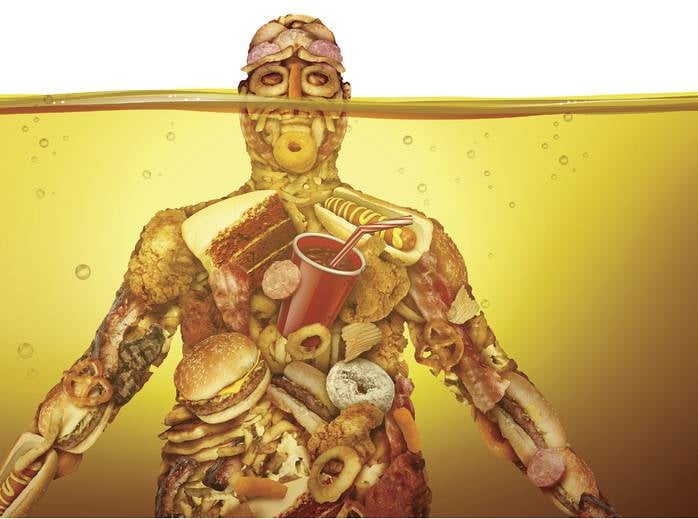
A new perspective on ‘watching that diet’
Let’s face it: It is hard in this modern world to keep off the pounds. With the surge of desk jockeying, constant reliance on automotive transport, and a myriad of entertainment options that allow the body to stagnate in a stationary position, a person must actively go out of his or her way to make sure more calories are burned than are being consumed. But an inventive group of researchers found that the answer could be right before their eyes in real time — enhanced with optical technology.
Many innovations in the marketplace during the past few decades have tried to offset people’s sedentary lives. Medical procedures such as liposuction, abdominoplasty, and gastric bypasses as well as the GLP-1 analog class of drugs, such as Ozempic, can all be effective, albeit with some risk involved. Meanwhile, group programs such as Weight Watchers have built-in calorie-counting programs for users to manually track what they eat. For those driven to fight their own personal battle of the bulge “natty,” counting those calories is normally the most sensible option, no matter how tedious it can be.

A 3D illustration of risky eating behaviors. Courtesy of iStock.com/wildpixel.
But how appetizing would it be if the process could be automated?
For the past decade, researchers at the University of Colorado School of Medicine, along with several other universities, have been trying to answer the same question. Their solution: a small device that people can attach to their glasses to record their food intake throughout the day.
The latest prototype of the device, called the Automatic Ingestion Monitor 2 (AIM-2), has an optical sensor that can detect when a person is chewing. It reads the area of the temporalis muscle, which creates a deviation near the eye when the user is clenching their teeth, for example, after biting down on an abnormally chewy steak. It has an accelerometer, which informs the device when the wearer is taking a drink of something, even when using a straw.
For privacy reasons, the camera is angled downward to only capture clear images of what is being scarfed and is only triggered when the optical sensor and accelerometer detect movement. The researchers also see a world in which the device could be used in individual and clinical research to study eating behaviors that show not only what people are eating but also in what contexts they are eating. These include social and environmental influences, such as what leads to having large portions while out with friends, versus taking down two family-size buckets of fried chicken while alone in the car. After all, counting calories is as much about lifestyle as it is about addition and subtraction.
Unfortunately, the process isn’t yet as automated as the researchers are hoping it will be — the images of the food captured by the sensor are currently being processed by hand and analyzed by a team of nutritionists at the Colorado Clinical and Translational Sciences Institute to monitor health effects. The goal of the team’s ongoing work is to eventually have machines compare the images against a database of information, versus the diligence of the nutritionists. Presumably, the device could be a less expensive method of tracking food intake, compared with traditional methods that require therapy or extensive follow-up.
The AIM-2 is currently on the menu of an ongoing study, where participants diagnosed with obesity are wearing the device and using it in conjunction with an app that allows them to communicate with the research team. Therefore, the device is measuring not only total calories but also how quickly the participant is eating and what their caloric target is.
But even if the speed of consumption remains unaffected by the AIM-2, the hope remains that the device and the researchers’ efforts will allow people to see their habits through a different lens. And maybe one day their eyes, thanks to an understanding of what’s on the table before them, might be the same size or even smaller than their engorged stomachs.
Published: September 2024